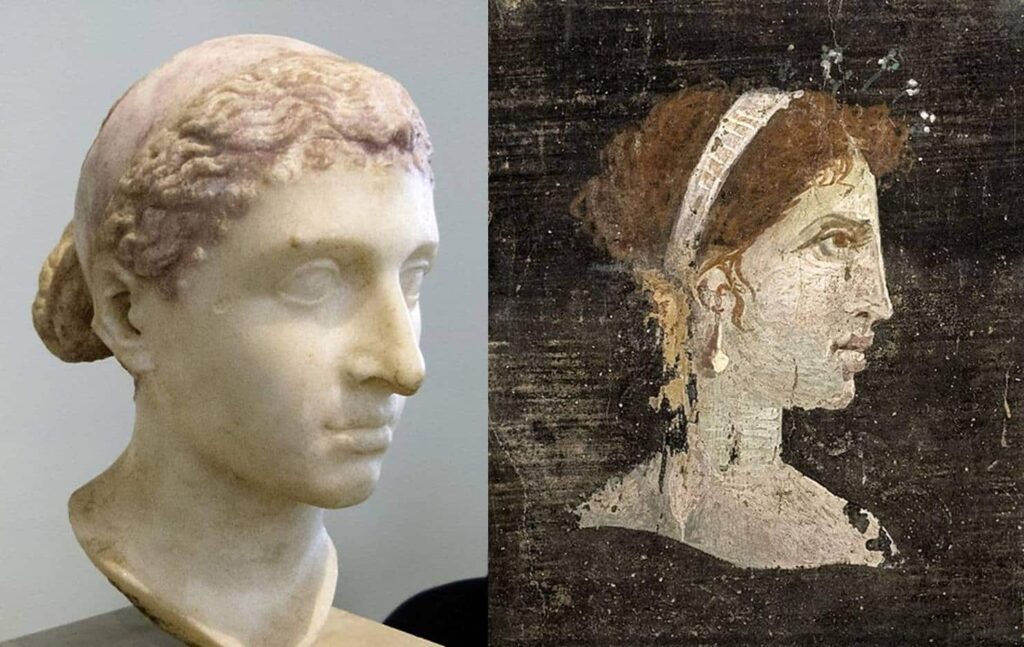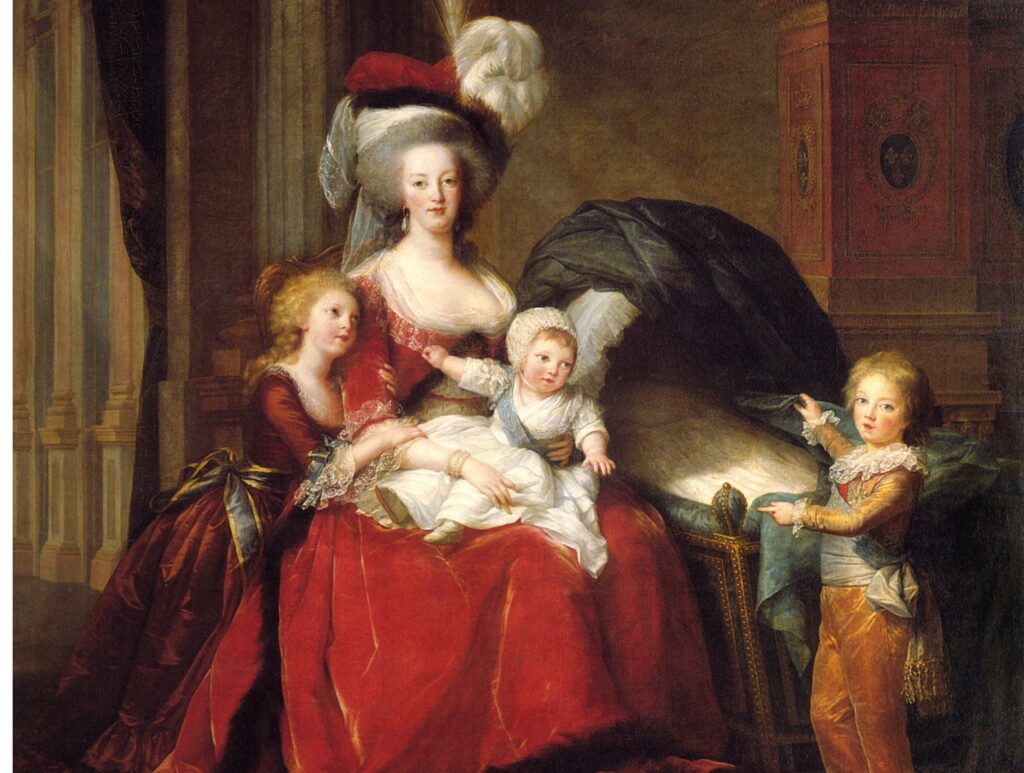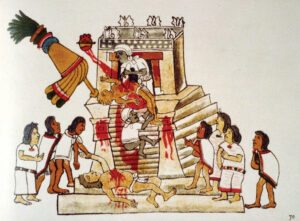
They ruled mirrors, not empires.
They polished their images until truth itself blurred.
1. Cleopatra VII — The Queen Who Made Beauty Political
Egypt, 1st century BCE
Cleopatra’s vanity wasn’t merely personal; it was a weapon she wielded with expert precision. She used perfume, cosmetics, and spectacles to manipulate power, arriving once before Julius Caesar dramatically rolled in on a carpet. Her beauty became a diplomatic weapon, but also her undoing. When Egypt fell, her legend outshone her life. Interestingly, her real power over men was her intelligence and charm. Not her beauty. Many describe her as average. Just goes to show what self-confidence can do.

2. Empress Elisabeth of Austria — Obsessed with Eternal Youth
Austria, 19th century
“Sisi” was adored across Europe for her ethereal beauty and enslaved by it. She measured her waist daily, ate little more than raw milk and oranges, and spent hours having her floor-length hair dressed. Age horrified her. She hid her face behind veils until her assassination, consumed by the perfection she created.
Rampant narcissist or a woman devoid of self-esteem?
3. Marie Antoinette — The Queen Who Refused Reality
France, 18th century

While Paris starved, she built a toy farm at Versailles and played shepherdess in silk. Her sky-high wigs and gowns became symbols of everything France despised. Vanity was her mask against fear, but masks burn quickly in a revolution.
She loved clothes and hair, and it was interesting to see her beauty surpass a rather prominent nose and double chin.
4. Livia Drusilla — Rome’s Deadliest Beauty
Rome, 1st century BCE
Livia, wife of Emperor Augustus, was famed for her grace and restraint. Beneath it lay steel. Ancient writers accused her of poisoning rivals and even kin to secure the throne for her son, Tiberius. Her immaculate image hid a dynasty built on calculated deceit.
Coins and other memorabilia show Druisilla to be a handsome woman —not beautiful, but her dignity and elegance made her appear so.
5. Lucrezia Borgia — The Painted Innocent
Italy, 15th century
Daughter of Pope Alexander VI, Lucrezia’s luminous looks and charm protected her from scandal, or so she hoped. She was the public face of a family accused of murder, incest, and corruption. Centuries later, her beauty still divides historians: saint or serpent?
Borgia was considered beautiful; her long blond hair, elegant grace and sharp intelligence added to her appeal.
6. Empress Wu Zetian — The Mirror of Heaven
China, 7th century CE
The only woman to rule China in her own name, Wu believed her reflection was blessed. She used pearl powders, jade creams, and divine imagery to project eternal youth. After her death, her enemies rewrote her as a monster of vanity and ambition, proof that power in a woman was itself a crime.
Whilst Wu Zetian was indeed beautiful, what made her stand out was her wit and intelligence.
7. Madame de Pompadour — The Painted Mistress
France, 18th century
Louis XV’s mistress shaped the taste of an era. She dictated art, fashion, and even foreign policy through grace and calculated allure. “I control men by making them believe they control me,” she once said. When youth faded, she learned the cruel truth of her own creation — power built on beauty dies with it.
Indeed, Madam Pompadour was beautiful for the time she was born into. But her real appeal was her ability to lead people with fashion and ideas. She was intuitive and clever.
Beauty has always been power — a weapon sharpened by those who knew its worth and feared its loss. Yet true beauty was never in the mirror. It was in the mind, the will, and the courage to shape one’s fate. The vain chased reflection; the wise rewrote it.
Hungry for more?
→ Read Sweeney Todd: The Barber Who Never Was — a London legend where vanity and murder share the same mirror.







